Paint.NET is a freeware raster graphics editor program for Microsoft Windows.
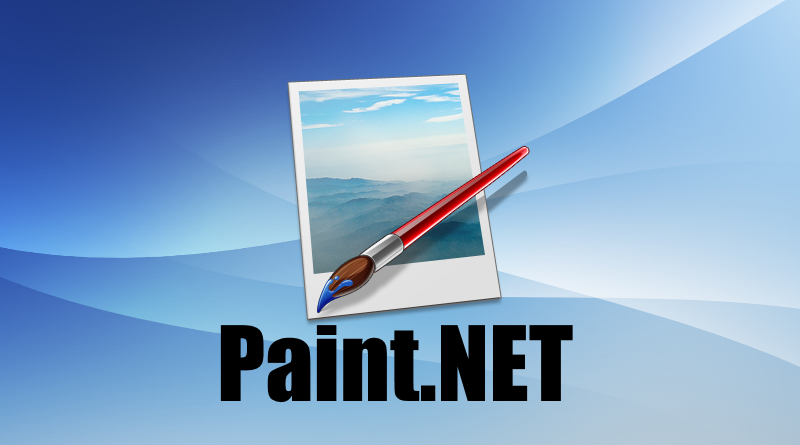
Paint.NET is image and photo editing software for PCs that run Windows. It features an intuitive and innovative user interface with support for layers, unlimited undo, special effects, and a wide variety of useful and powerful tools. An active online community provides friendly help, tutorials, and plugins. It started development as an undergraduate college senior design project mentored by Microsoft, and is now maintained and developed by Rick Brewster. Originally intended as a free replacement for the Microsoft Paint software that comes with Windows, it has grown into a powerful yet simple image and photo editor tool. It has been compared to other digital photo editing software packages such as Adobe® Photoshop®, Corel® Paint Shop Pro®, Microsoft Photo Editor, and The GIMP.
Paint.net originated as a computer science senior design project during spring 2004 at Washington State University. Version 1.0 consisted of 36,000 lines of code and was written in fifteen weeks. In contrast, version 3.35 has approximately 162,000 lines of code. The paint.net project continued over the summer and into the autumn 2004 semester for both the version 1.1 and 2.0 releases.
Development continues with one programmer who worked on previous versions of Paint.net while he was a student at WSU. As of May 2006 the program had been downloaded at least 2 million times, at a rate of about 180,000 per month.
Initially, Paint.net was released under a modified version of the MIT License, with the exclusion of the installer, text, and graphics. It was completely open-source, but because breaches of license, all resource files (such as interface text and icons) were released under a non-free Creative Commons license forbidding modification, and the installer was made closed-source. Version 3.36 was initially released as partial open-source, but Brewster later took down the source code, citing problems with plagiarism. In version 3.5, paint.net became proprietary software. Users are now prohibited from modifying it.
Starting with version 4.0.18, paint.net is published in two editions: A classic edition remains freeware, similar to all other versions since 3.5. Another edition, however, is published to Microsoft Store under a trialware license and is available to purchase for US$7. According to the developer, this was done to enable the users to contribute to the development with more convenience, even though the old avenue of donation was not closed.
Paint.net is primarily programmed in the C# programming language. Its native image format, .PDN, is a compressed representation of the application's internal object format, which preserves layering and other information.
Paint.net supports plugins, which add image adjustments, effects, and support for additional file types. They can be programmed using any .NET Framework programming language, though they are most commonly written in C#. These are created by volunteer coders on the program's discussion board, the paint.net Forum. Though most are simply published via the discussion board, some have been included with a later release of the program. For instance, a DirectDraw Surface file type plugin, (originally by Dean Ashton) and an Ink Sketch and Soften Portrait effect (originally by David Issel) were added to Paint.net in version 3.10.
Hundreds of plugins have been produced; such as Shape3D, which renders a 2D drawing into a 3D shape. Some plugins expand on the functionality that comes with Paint.net, such as Curves+ and Sharpen+, which extend the included tools Curves and Sharpen, respectively.
Examples of file type plugins include an Animated Cursor and Icon plugin and an Adobe Photoshop file format plugin. Several of these plugins are based on existing open source software, such as a raw image format plugin that uses dcraw and a PNG optimization plugin that uses OptiPNG.
Paint.net was created for Windows, and has no native support for any other system. With its previous open-source nature, the possibility for alternate versions was available. In May 2007, Miguel de Icaza officially started a porting project called paint-mono. This project had partially ported Paint.net 3.0 to Mono, an open-source implementation of the Common Language Infrastructure on which the .NET Framework is based. This allowed Paint.net to be run on Mono-supported platforms, such as Linux. This port is no longer maintained and has not been updated since March 2009.


 IrfanView 4.56
1,917
IrfanView 4.56
1,917
 RivaTuner - Free download and software reviews
4,419
RivaTuner - Free download and software reviews
4,419
 DoubleCAD XT - Free download and software reviews
4,517
DoubleCAD XT - Free download and software reviews
4,517
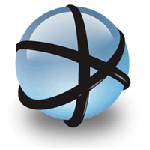 Free DWG Viewer - Free download and software reviews
4,460
Free DWG Viewer - Free download and software reviews
4,460
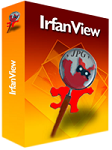 IrfanView - Free download
3,817
IrfanView - Free download
3,817
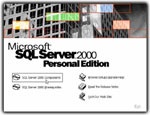 Microsoft SQL Server 2000 Service Pack 4 - Management System database for PC
3,469
Microsoft SQL Server 2000 Service Pack 4 - Management System database for PC
3,469
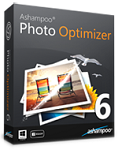 Ashampoo Photo Optimizer 6.0.14.121 - Edit and optimize images for PC
3,347
Ashampoo Photo Optimizer 6.0.14.121 - Edit and optimize images for PC
3,347
 Wondershare Photo Collage Studio 2.4.16 - Create digital photo frame for your PC
4,564
Wondershare Photo Collage Studio 2.4.16 - Create digital photo frame for your PC
4,564
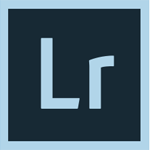 Adobe Photoshop Lightroom 5.7.1 - Applications powerful RAW image processing for PC
3,704
Adobe Photoshop Lightroom 5.7.1 - Applications powerful RAW image processing for PC
3,704
 Fun4desktop - Effect on the PC Desktop
2,234
Fun4desktop - Effect on the PC Desktop
2,234
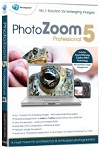 PhotoZoom Pro 5.0.6 - Tools professional zoom for PC
2,529
PhotoZoom Pro 5.0.6 - Tools professional zoom for PC
2,529
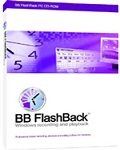 BB FlashBack Professional Edition - Screen recorder for PC
2,000
BB FlashBack Professional Edition - Screen recorder for PC
2,000
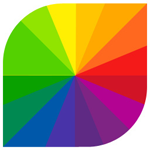 Fotor 2.0.3 - The free photo editing software for PC
2,709
Fotor 2.0.3 - The free photo editing software for PC
2,709
 CorelDRAW Graphics Suite X7 - painted art toolkit for PC
2,117
CorelDRAW Graphics Suite X7 - painted art toolkit for PC
2,117
 Easy GIF Animator 6.1 - Create GIF easy for PC
2,039
Easy GIF Animator 6.1 - Create GIF easy for PC
2,039
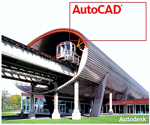 AutoCAD 2011 - Graphic Design Tools free for PC
2,125
AutoCAD 2011 - Graphic Design Tools free for PC
2,125
 Photo Collage Platinum 3:02 - Collage Software for PC
1,936
Photo Collage Platinum 3:02 - Collage Software for PC
1,936
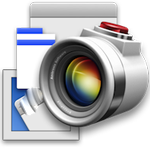 Screen Grab Pro 1.7 - screen capture program for PC
2,078
Screen Grab Pro 1.7 - screen capture program for PC
2,078
 PhotoJoy 7.0.0.1649 - unique embellishment and desktop images
1,951
PhotoJoy 7.0.0.1649 - unique embellishment and desktop images
1,951
 PhotoScenery - Support for PC Collage
1,797
PhotoScenery - Support for PC Collage
1,797
 Google Chrome Free...
166841
Google Chrome Free...
166841
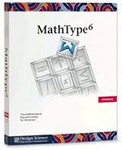 MathType 6.9a -...
79626
MathType 6.9a -...
79626
 Zalo for PC
29566
Zalo for PC
29566
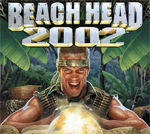 Beach Head 2002 -...
25753
Beach Head 2002 -...
25753
 iBackupBot - Free...
22609
iBackupBot - Free...
22609
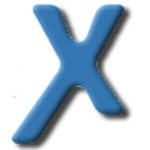 AnonymoX 2.0.2 -...
22195
AnonymoX 2.0.2 -...
22195
 Snipping Tool++...
20879
Snipping Tool++...
20879
 Age of Empires 1.0
17060
Age of Empires 1.0
17060
 Realtek AC97 Audio...
16525
Realtek AC97 Audio...
16525
 Citrio...
14567
Citrio...
14567